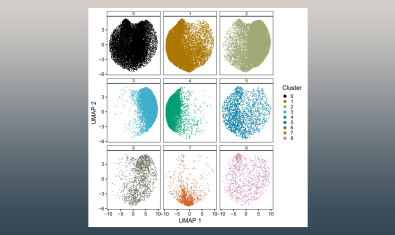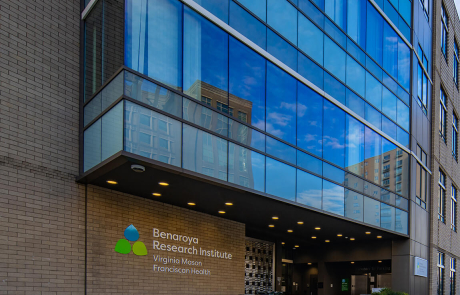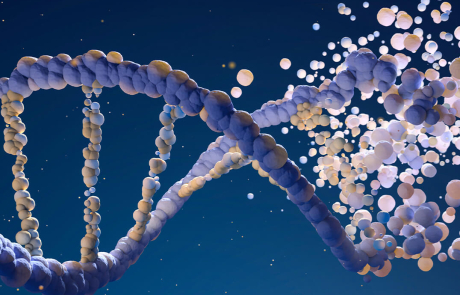Rheumatoid Arthritis: Disease Overview
More than one in 100 Americans live with rheumatoid arthritis (RA). BRI was an early leader in understanding the genetic component of RA, and scientists at BRI continue their work to understand what causes it, how to prevent it, and how to better treat it.
Laboratory scientists are using tetramers — a tool, developed at BRI, that makes it possible to track the activity of specific T cells — to study the underlying cause of RA and develop targeted therapies. Translational scientists are investigating how environmental factors contribute to the development and exacerbation of RA. Clinical trials are underway comparing how well different drugs and drug combinations work in treating the disease.
What Is Rheumatoid Arthritis?
Rheumatoid arthritis (RA) is an autoimmune disease in which the body’s immune system mistakenly attacks the membrane that lines the joints (called the synovium) and causes fluid buildup that results in inflammation and pain. RA can also affect the skin, eyes, lungs, heart and blood vessels.
Almost 1% of adults in the United States live with this chronic disease, and women are three times more likely to have RA than men. Most people with RA experience intermittent periods of intense disease activity punctuated by periods of fewer symptoms or even remission. Over time, RA damages cartilage, bones and ligaments, and can lead to deformity of the joints and loss of mobility. Though RA can begin at any age, disease onset is most common in women between ages 30-60. It is rare in men under the age of 45. As many as 300,000 children in the U.S. have a distinct, but related, form of inflammatory arthritis known as juvenile idiopathic arthritis (formerly called juvenile rheumatoid arthritis).
What Causes Rheumatoid Arthritis?
Scientists don’t yet know exactly why the immune system mistakenly attacks the lining of the joints or what causes it to start. Researchers at BRI are investigating the interplay of genetics and environmental triggers to pinpoint why rheumatoid arthritis begins.
What Are Risk Factors for Rheumatoid Arthritis?
- Sex – Women are nearly three times more likely to develop rheumatoid arthritis (RA) than men.
- Age – RA typically begins during middle age (though it is possible to develop at any age).
- Family history – having a close family member with RA, like a parent, sibling or child
- Smoking
- Excess weight
What Are the Signs and Symptoms of Rheumatoid Arthritis?
- Pain, aching and/or stiffness in more than one joint (usually worse in the mornings and after inactivity)
- Tenderness and swelling in more than one joint
- The same symptoms on both sides of the body (such as in both hands or both knees)
- Fatigue
- Fever
- Loss of appetite
Rheumatoid arthritis tends to affect the smaller joints first, such as the joints that connect your fingers to your hands and your toes to your feet.
What Is the Latest Research Into Rheumatoid Arthritis?
BRI was an early leader in understanding the genetic underpinnings of rheumatoid arthritis (RA). Today, our research includes:
- Predicting who will get RA.
- Working to prevent RA.
- Understanding the cells and processes involved in the chain reaction that leads to the onset of RA.
- Figuring out how to match people to the treatments that will work best for them.
- Finding ways to slow down or tire out the cells that cause RA.
- Investigating the connection between viruses and the onset or exacerbation of RA and other autoimmune disorders.
- Deciphering what causes T cells to attack proteins in joint tissue and which part of the protein the T cells are going after.
BRIAR
HIPC-RV Clinical Study
Labs Studying Rheumatoid Arthritis and Rheumatic Diseases

Bettelli Lab
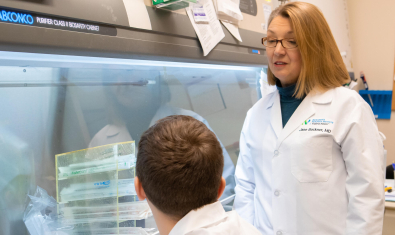
Buckner Lab
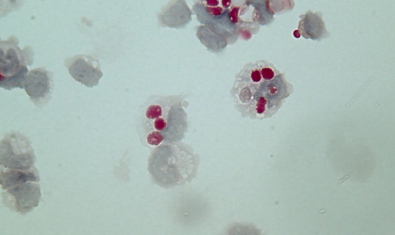
Hamerman Lab
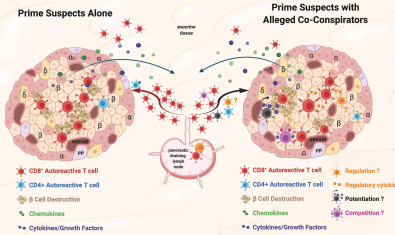
James Lab
